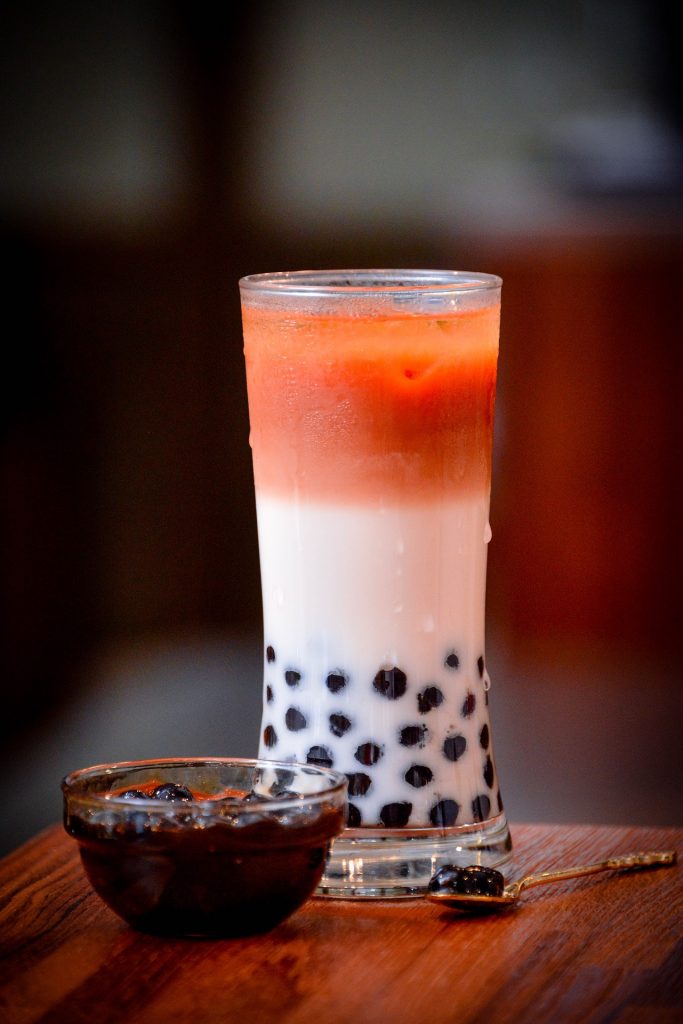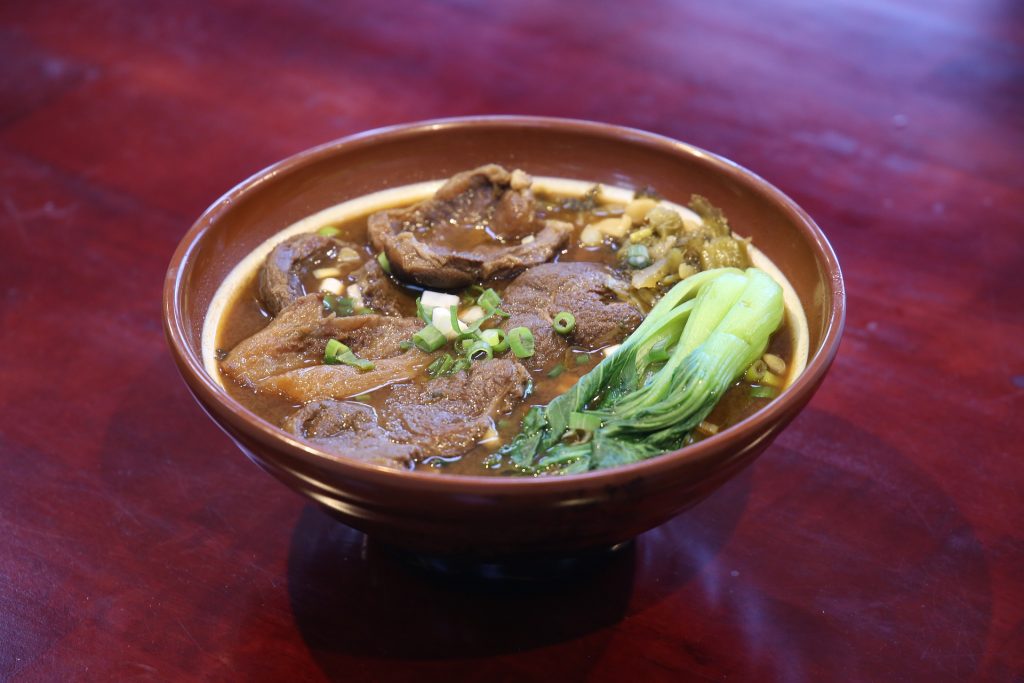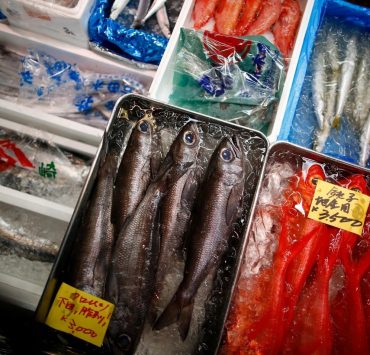If you are one to travel, you might be familiar with the street food scene in Taiwan. Neatly stacked savory balls, skewered snacks, sizzling pans of oil and whatnot line the night markets of Taipei.
Along with these smells and tastes and all-around audiovisual extravaganza are the signs accompanying each stall. Noticeably, most of the signs—if not all—featured the letter “Q” or sometimes “QQ” amid a line of Chinese texts.

What exactly does this Q/QQ mean?
Now before you jump into conclusions, it has nothing to do with the rating, food safety- or worthiness-related. Rather, Q is used to describe a distinct mouthfeel or texture associated with Taiwanese food.

In an interview with the New York Times, even the manager of the famed Chun Shui Tang teahouse who allegedly invented milk tea is having a hard time describing what exactly Q means.
“Basically it means springy, soft, elastic”
Despite the contradicting etymologies of the term Q, chefs and established food personalities in Taiwan seem to agree on one thing: that Q manifests in the texture that is unique to most of their local food, the property of being “springy, soft, and elastic.”
Think tapioca balls, the ones that come with your order of milk tea. In fact, it is said that you can judge how good a milk tea is based on how Q the tapioca pearls are.
Other Asian cuisines also share the similar texture. Our very own kakanin or rice cakes can be considered Q. Most food made with some type of starch is Q in the strictest sense. That includes noodles, rice cakes, and the likes.

But it doesn’t end with sweet dishes. Q can also be found in savory dishes, which those unacquainted with Taiwanese cuisine may find weird. It’s in their fish balls and noodle dishes, too.
It is not exclusive to Taiwan, as well. Hong Kong and parts of China also use Q to describe their food.
Simply put, Q is Taiwan’s equivalent to Japan’s umami and Italy’s al dente. The NY Times said it best: Q is something that is “cherished and essential” to Taiwanese cuisine.
Header photo courtesy of
Get more stories like this by subscribing to our weekly newsletter here.
Read more:
Chef Josh Boutwood’s newest resto is an intimate 10-seater spot
This Keto-friendly bread is your intro to baking with coconut flour
These three food chains are heading over to Manila
Read more by Christian San Jose
5 new restaurants in the North for every kind of craving
Dispatches from migrant Filipino kitchens featured in new cookbook
Here’s a pancit canton hack: add cheese and chicken
Writer: CHRISTIAN SAN JOSE




